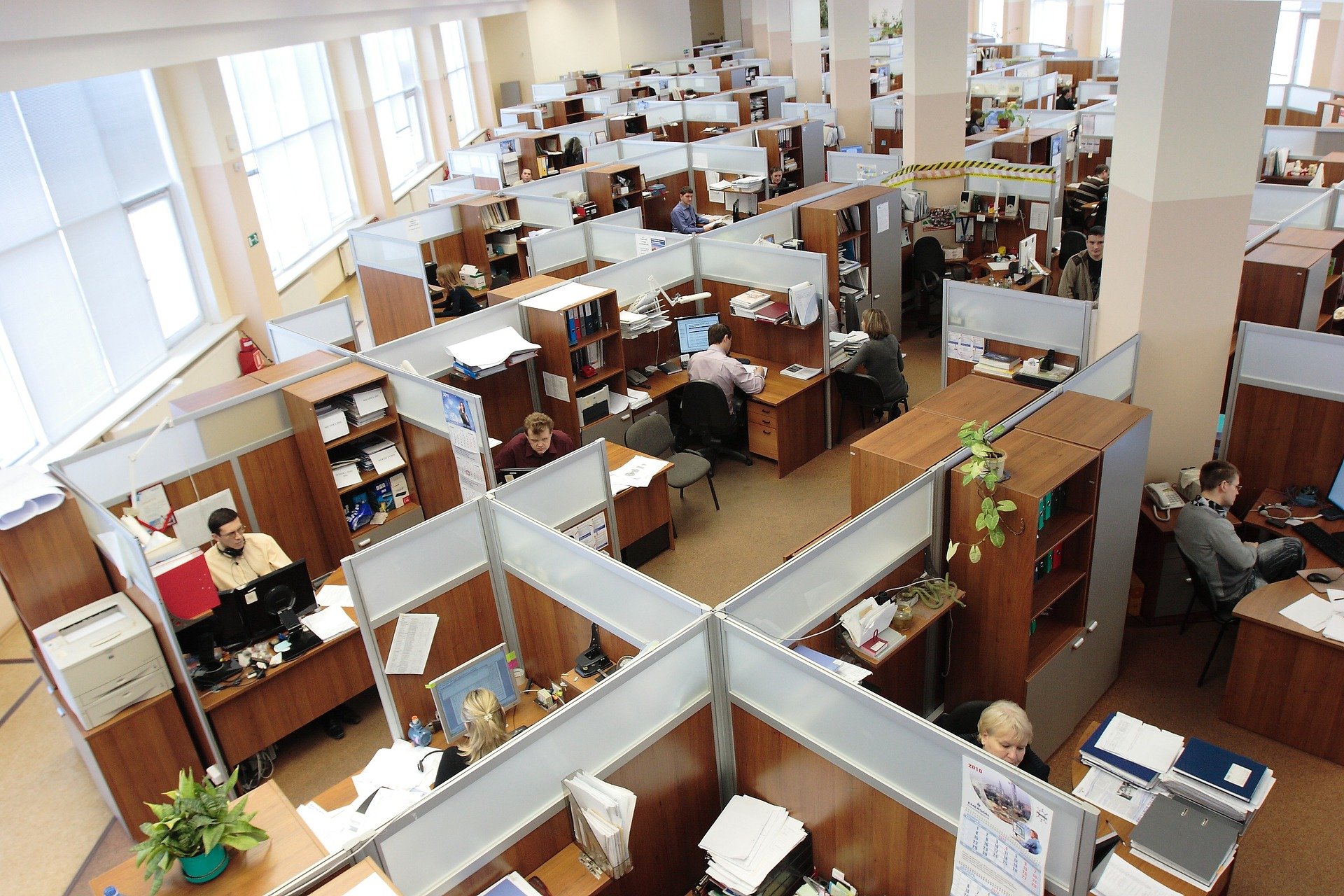After the last few months of lockdown, many employers are now considering the impact of Covid-19 and workers returning to the workplace.
From the 1st of August 2020 the blanket edict of ‘those that can work from home should work from home’ has been replaced by guidance that shifts the onus onto employers to decide whether it is right to bring people back into the workplace, or for them to carry on working from home.
Instead of government telling people to work from home, we are going to give employers more discretion, and ask them to make decisions about how their staff can work safely.
Boris Johnson, UK Prime Minster, 17th July 2020
Does this mean that employers can now compel their workers into returning to the workplace? For that you will need some expert HR guidance, a great place to start is the CIPD guidance to Covid-19: returning to the workplace and you will probably want to consult with a HR specialist (get in touch with me for some recommendations to great HR people who can help you).
What is clear though, is if you are asking people to return to the workplace, you must ensure that it is safe for them to do so.
Covid-19 risk assessment

The first step to ensuring the safety of your workers is by carrying out a Covid-19 risk assessment.
The HSE gives clear guidance on what you need to do to carry out your risk assessment and ensure your workplace is Covid-19 secure. It also gives advice on other matters that must be considered when bringing people back to work, including cleaning and hygiene measures and the provision and use of PPE.
To support you in carrying out your risk assessment, the Government has produced 14 Working Safely during Covid-19 guides. These documents are continuously updated by Government to reflect the changing guidance as our understanding of the virus grows.
Remember – all employers must carryout a risk assessment regardless of the size of the business, and if you have 5 or more employees then the significant findings must be written down. I would argue that it is helpful for all businesses, no matter what size, to write down the results of their risk assessment as it helps to focus your thinking and assists with communicating the findings with anyone who needs to know. More on communication later!
As a result of your Covid-19 risk assessment you may have to make physical changes to your workplace or changes to how certain tasks are carried out. You may have items of equipment and machinery that have not been used for some time and need servicing and recommissioning safely. You may have changed staffing levels, with trained First Aiders and Fire Wardens not being available in the workplace. You may be asking workers to wear additional PPE.
You will need to consider what other risk assessments need to be reviewed and what you need to put in place for people to work safely, taking into account the wider impact of changes you have had to make. It is important that your Covid-19 risk assessment is not done in isolation but is considered in the round with all your other safety measures.
Who should return to the workplace?
From the 1st August 2020 those people who are clinically extremely vulnerable, who were previously advised to shield at home, can return to the workplace providing it is Covid-19 secure. However, if a clinically extremely vulnerable person can continue to work from home, they should be allowed to do so wherever possible.
When considering who should return to work you do not only have to consider the clinically extremely vulnerable, you need to think about every individuals case on their own merits. To inform your decision you need to think about the individuals journey to and from work, their caring responsibilities, any protected characteristics (expectant mothers for example), whether they live with or care for anyone who is clinically extremely vulnerable and any other individual circumstances.
Continuing homeworking
If working from home is suiting your business and your workers, then it may be the right choice for people to continue to do so.

As an employer you have the same Health and Safety responsibilities for home workers as any other workers. Many employers asked people to work from home as a temporary measure back in March 2020, and as such did not consider the health and safety implications for homeworkers.
Now we are a few months in, and particularly if you are making the decision for your employees to remain working from home where there is potential for them to come into the workplace, it is essential that you address any risks to the health and safety of your homeworkers. Key areas to consider are any lone-working arrangements, how you communicate effectively, carrying out a DSE assessment, provision of any specific equipment needed and managing work related stress. The area of managing the health and safety of homeworkers is a topic in itself that I will be discussing in a future article.
Covid-19 in the workplace
With more workers returning to the workplace, there may be an increased chance that somebody in your workplace needs to self-isolate due to either having symptoms of Covid-19, testing positive for Covid-19 or being told to self-isolate by the test and trace service.

The best way to manage such a scenario is to think about what you would do if any of these circumstances arise and have a plan in place in advance. By planning for these scenarios you can discuss the arrangements with your workers so that everyone is clear on what should happen. This way, workers will be assured that you do not expect them to show up at the workplace if they feel ill and will help to alleviate any stress and worry that people might have about coming back to the workplace and the potential for Covid-19 transmission.
Communication is key
One thing that has been certain over the last few months is the uncertainty we have all been facing. This uncertainty can lead to high levels of stress, which can make the return to the workplace seem daunting. Moreover, how each person in your workplace perceives the risk from the Covid-19 virus may be different, adding another level of uncertainty to your Covid-19 risk assessment and how to communicate your controls with your workers.
You may have some workers who perceive there to be no risk of harm and they just want life to get back to how it was in 2019. You may have some workers who have been shielding and feel particularly vulnerable. You may have some workers who have suffered bereavement or they or their loved ones have suffered serious ill-health as a result of Covid-19.

The key to dealing with uncertainty and reducing work related stress due to the Covid-19 situation is communication.
It has never been more important to have open, honest and genuine 2-way discussions with your workers about what is expected of them to work safely and for you to understand and deal with their worries and concerns. You can have the most comprehensive risk assessment ever with the most stringent controls in place, but this will mean nothing if it is not communicated well with your workers, and more importantly their buy-in gained so that you are all working together.
When bringing workers back into the workplace make sure you spend time with them before they start work to discuss the new way of doing things. You may think about putting an induction process together so that all returnee’s get the same information and are given the same opportunity to raise any concerns with you.
Remember once people are back at work you need to monitor how they are doing. Keep a close eye on any of the controls you have specified to manage risks and make changes if needed. Check in with your workers, keep those communication channels open and make sure they can approach you with any concerns about Covid-19 security in the workplace.
So, should workers be returning to the workplace?

The shifting of the decision whether to bring people back into the workplace or not onto employers has brought with it another level of decision-making employers have to do. Getting a Covid-19 risk assessment in place is a great start, but there are many other things that you will need to do to ensure the health and safety of your workers in your workplace.
The decision to bring workers back has many influences, including the needs of the business and the individual circumstances of your workers. There are so many factors that there are few right or wrong answers to the question of who should return to the workplace, but you must ensure the health and safety of those that you do.
If this article has prompted you to think about how you are managing workers returning to the workplace, or the need to carry out your own Covid-19 risk assessment and you want to discuss the implications on your business then please get in touch by email tracy@danumbs.co.uk or use the link to book a 30 minute call with me.

